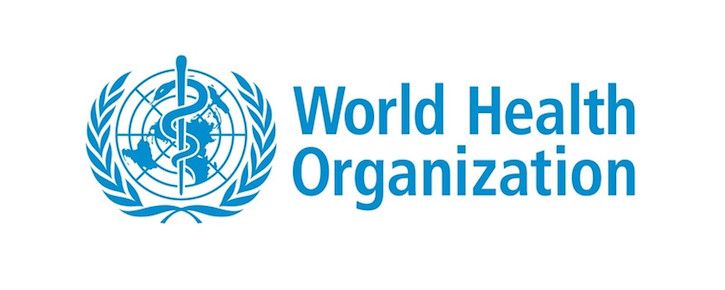- Politics
- Diversity, equity and inclusion
- Financial Decision Making
- Telehealth
- Patient Experience
- Leadership
- Point of Care Tools
- Product Solutions
- Management
- Technology
- Healthcare Transformation
- Data + Technology
- Safer Hospitals
- Business
- Providers in Practice
- Mergers and Acquisitions
- AI & Data Analytics
- Cybersecurity
- Interoperability & EHRs
- Medical Devices
- Pop Health Tech
- Precision Medicine
- Virtual Care
- Health equity
What the WHO Digital Health Guidelines Mean for Healthcare
The World Health Organization has several recommendations for how countries can and should integrate digital tools into their health systems.

Images have been altered. Courtesy of World Health Organization.
The World Health Organization has unveiled its first ever set of digital health guidelines, offering 10 recommendations for how new technology can aid in the provision of healthcare.
The list largely amounts to a seal of approval for practices that are already widely in use in many parts of the world. For instance, WHO supports the use of telemedicine for both provider-to-patient interactions and provider-to-provider interactions. The organization also backs digital tracking and clinical decision support technologies, as well as using mobile technology for supply chain management.
“Overall, the digital health guidelines support emerging ‘best practices’ that have either been scaled or are being rapidly integrated in many countries around the world,” said Alain B. Labrique, Ph.D., MHS, M.S., the director of the Johns Hopkins University Global mHealth Initiative.
But Labrique told Inside Digital Health™ that the recommendations are important even if they are not groundbreaking. Many countries look to the agency for guidance and direction when new technologies emerge.
“WHO member states may hesitate to invest in unproven innovations given limited resources available for health — the responsibility to spend funds wisely and in the public’s best interest is served by guidelines such as these,” he said.
Labrique also noted that the WHO undertakes an extensive vetting process before issuing such guidelines: synthesizing existing evidence, evaluating the quality of the evidence and gathering input from a diverse range of stakeholders and experts who are sensitive to the needs and concerns of member states.
While some have criticized the WHO for moving too slowly to affirm widely adopted tools and practices, Labrique said this line of criticism is misguided.
“What this criticism fails to recognize is that for the necessary investments to be made at the level and scale that truly changes health systems, the support of major normative agencies like WHO is necessary,” he said.
The WHO also recommends that healthcare organizations use digital tools to train healthcare professionals and mobile devices to communicate with patients about topics such as sexual, maternal and newborn health.
Labrique noted that the guidelines follow WHO’s 2018 release of its Classification of Digital Health Interventions, which helped to highlight the breadth of what we consider digital health.
“A person wearing a Fitbit to monitor their steps is a very different ‘flavor’ of digital health from a health system sending SMS messages to people with HIV to remind them to take their antiretrovirals,” he said.
Many of these tools offer solutions to challenges that the healthcare industry has faced for decades. Now, these problems can be solved relatively easily and inexpensively.
The effects of digital health look different across the world, and the WHO’s guidelines are meant to be universal. In the U.S., for instance, patients increasingly see the smartphone as a critical tool in their medical experience, from scheduling appointments to asking questions of healthcare providers.
In the developing world, Labrique said, digital health tools have mostly been leveraged at the health system scale. But he said the guidelines encourage these countries to move toward personalized interventions.
“For example, targeted messages to pregnant women are recommended — a practice that’s already scaling in South Africa and India, to name a few,” he said.
The complete list of guidelines can be accessed on the WHO’s website.
Get the best insights in digital health directly to your inbox.
Related
What Does HIPAA Mean for New Health Tech?
Mount Sinai and Hasso Plattner Institute Launch Digital Health Institute
EHRs Can Be Dangerous. Are New Guidelines Necessary?
